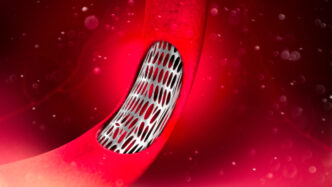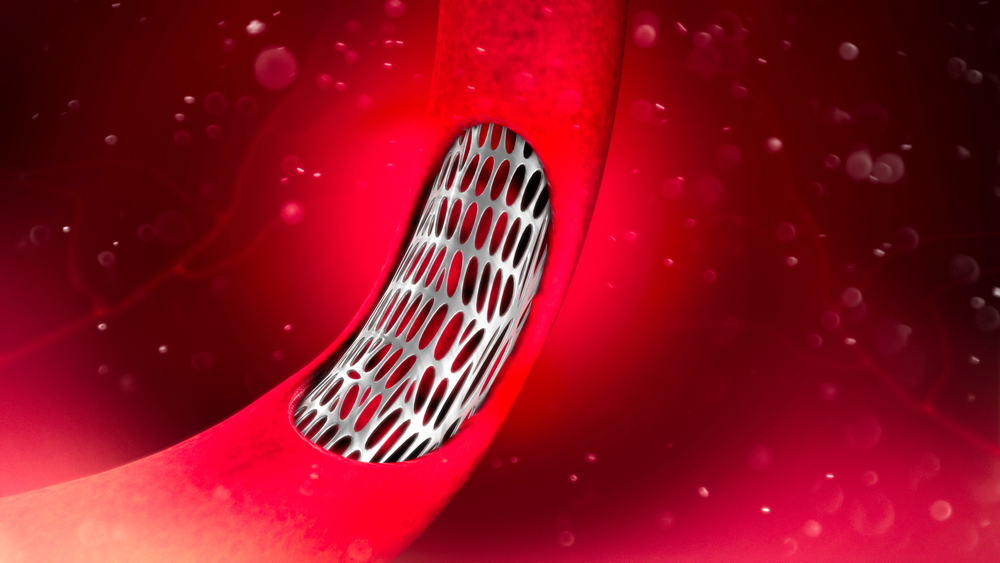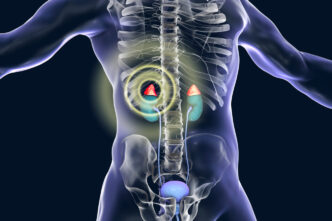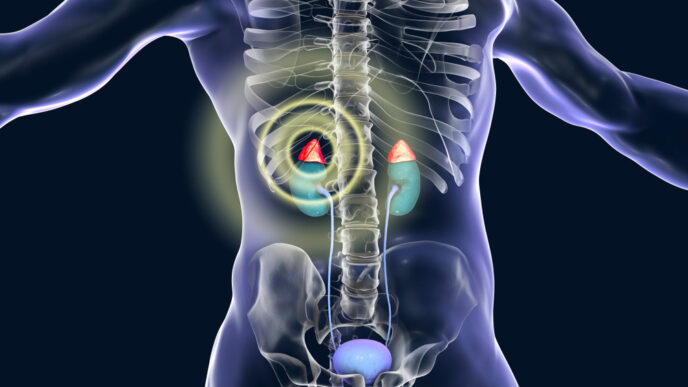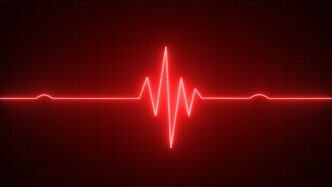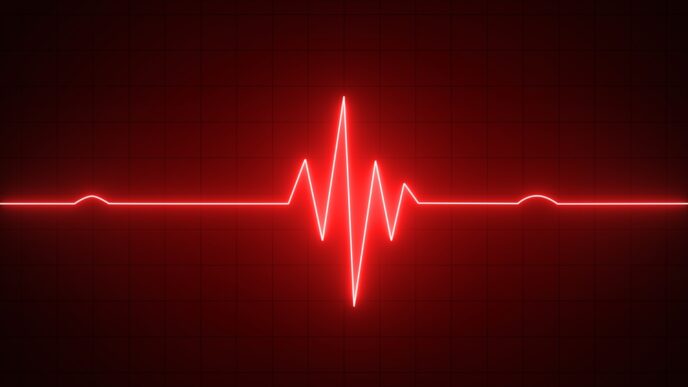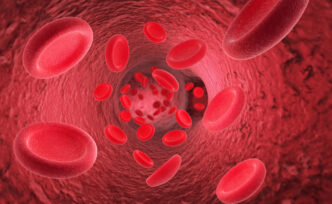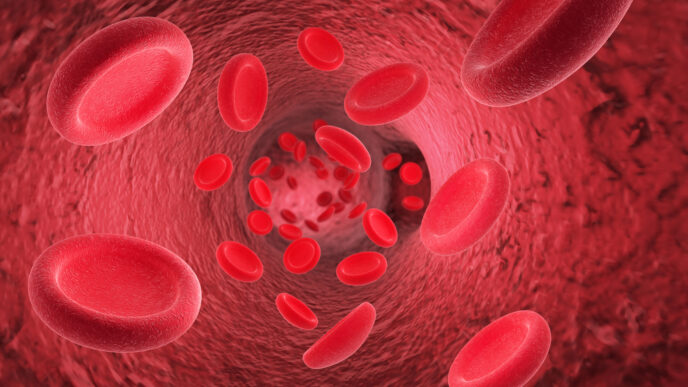Coronary artery disease (CAD) develops when the coronary arteries—the blood vessels that supply blood to the heart—are blocked by deposits of cholesterol called plaque. Such blockage can narrow the affected blood vessel and restrict blood flow to the heart. Cardiothoracic surgeon Dr Kenny Chen will offer a little more insight into how the vein in our legs can be used to treat CAD.
WORDS HANNAH MAY-LEE WONG
 FEATURED EXPERT FEATURED EXPERTDR KENNY CHENG KENG PENG Consultant Cardiothoracic Surgeon Mahkota Medical Centre |
Coronary artery disease (CAD) develops when the coronary arteries — the blood vessels that supply blood to the heart—are blocked by deposits of cholesterol (called plaque).
Such blockage can narrow the affected blood vessel and restrict blood flow to the heart.
Typically, CAD treatment options commonly include placing of small expandable tubes (stents) to widen narrowed arteries and coronary artery bypass graft (CABG).
CORONARY ARTERY BYPASS GRAFT (CABG)
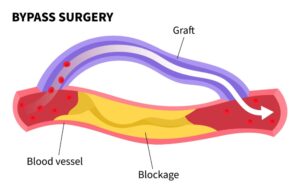
According to Dr Kenny Cheng Keng Peng:
- The CABG procedure involves taking a vein — usually from the leg — and connecting or grafting one end of the vein above the blocked coronary artery, and the other end below it.
- The vein graft creates a new channel for blood to still flow to the heart.
“The surgery typically takes between 3 to 5 hours, and the patient will need to be nursed in the intensive care unit, or ICU, for a couple of days after surgery,” Dr Kenny shares.
“After that, the patient should be able to be discharged from the hospital within a week,” he goes on to explain.
He adds that this surgery may provide better results and longevity for patients after treatment, compared to the other treatment options. “This is especially true for patients that have 2 or more blockages.”
A LESS INVASIVE WAY OF HARVESTING A VEIN FOR CABG
This technique, called endoscopic vein harvesting (EVH), improves on the older technique of vein harvesting.
- The traditional method involves creating a long wound from the patient’s ankle all the way to mid-thigh.
- However, with EVH, the surgeon only needs to make a small cut, or incision, that is only 2 to 3 cm long.
Advantages of EVH
- Reduced pain after surgery
- Lower risk of infections and wound complications
- Faster recovery
- Less scarring at the site of incision
LIFE AFTER A CABG
Dr Kenny explains that people that have undergone CABG will have to take antiplatelet medications for the rest of their lives.
“These medications are used to prevent blockages in the newly constructed vein grafts,” he says.
Don’t feel disheartened by this news, however. Dr Kenny points out that most people would be able to live a reasonably normal life after CABG.
This is especially true if they lead a healthy lifestyle that involves a heart-friendly diet (less salt, less cholesterol, less oil, more fruits and vegetables).
| This article is part of our series on the health issues affecting the heart and blood vessels. |

